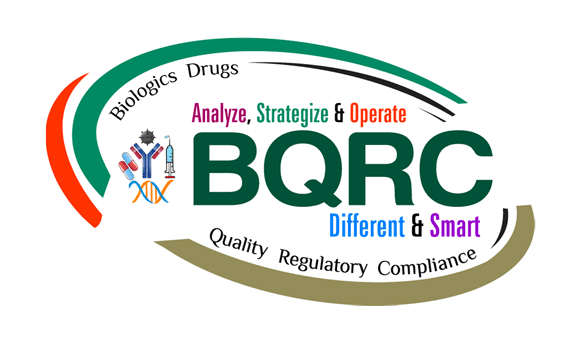Risk of H5N1 (Avian) Influenza (Bird Flu) Pandemic and Pandemic Preparedness

The H5N1 influenza virus has been around for more than 25 years. The first outbreak occurred in Hong Kong in 1997, with 18 cases and six deaths. Since then, several outbreaks of H5N1 influenza have occurred in various countries, with several fatalities. It is a serious risk for poultry with transmission to humans in contact with infected birds or other animals, like cows. Recently, there have been more than 60 cases of H5N1 influenza in the US, and the virus has been found in raw milk. The risk for human-to-human transmission has been low, though the virus has undergone mutations while infecting humans. The World Health Organization (WHO), the US Government, several other international organizations, and other countries have been working on pandemic preparedness, particularly after the 2009 H1N1 pandemic and the recent 2020 COVID-19 pandemic. The policy of stockpiling the H5N1 vaccine in the US has been flawed in that the aged vaccine gets aggregated, and the egg-based vaccine may not be the best option in the long run for pandemic preparedness. Aggregated egg-based influenza vaccines cause more red-eye side effects.
As mentioned earlier, the risk of human-to-human transmission is low, but we cannot be complacent in not acting proactively for the pandemic risk. For infectious diseases, there is always a race between the pathogen and the host, where the pathogen develops mutations to evade the host immune system, adapt for human-to-human transmission, or reduce its virulence and increase infectivity to survive in nature. Not taking action with more than 60 cases of H5N1 and the possibility of virus adapting human-to-human transmission could be disastrous. Though the vaccine for H1N1 was developed in a short period, it was late in the pandemic when most cases had already occurred. A recent US Government investment in the rapid test for H5N1 detection and development of mRNA vaccines is a step in the right direction. A more aggressive and proactive strategy to tackle the H5N1 pandemic is required to deal with the cases immediately by developing antivirals and monoclonal antibodies to treat the patients, as well as the first line of defense by immunizing poultry and dairy workers, who are at high risk, followed by a long-term approach of immunization of whole population with correct vaccines to protect all from the risk of this pandemic. https://www.hhs.gov/about/news/2025/01/16/hhs-intends-provide-211-million-accelerate-enhance-platform-capability-emerging-infectious-diseases.html
Contact Us
Get in Touch With Our Experts
Use the contact form below to submit your inquiry, and our consultants will respond with tailored advice and solutions to help you manage and excel in your biological product endeavors.
